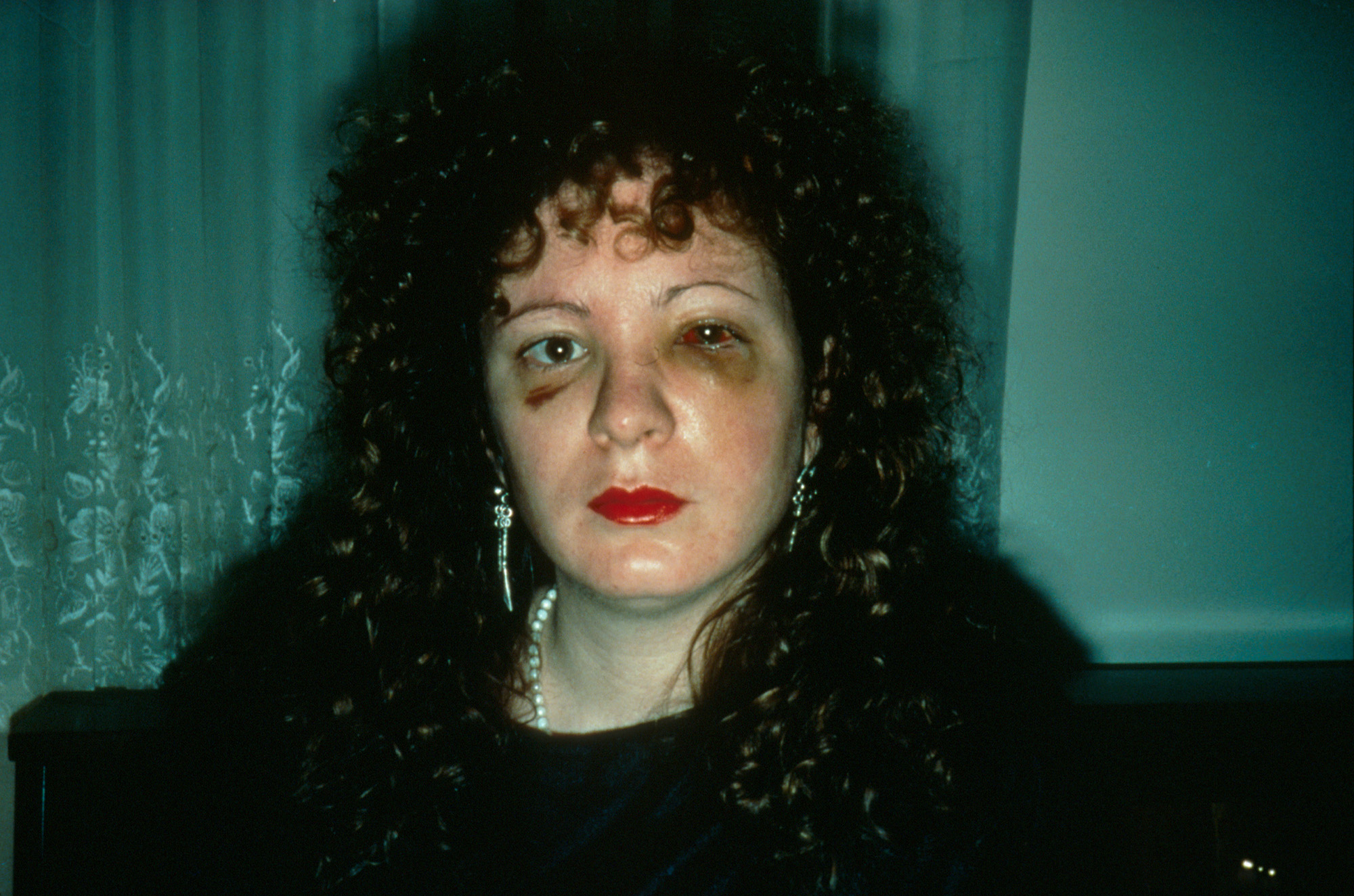 I have finally managed to sit down and collect my thoughts about this year's Rencontres d’Arles festival. For Arles’ 40th anniversary, I decided to try and cover the festival in some detail. In this post I will be giving my overall impressions and in the next few days I will follow up with reviews of the exhibitions that I considered to be highlights.
I have finally managed to sit down and collect my thoughts about this year's Rencontres d’Arles festival. For Arles’ 40th anniversary, I decided to try and cover the festival in some detail. In this post I will be giving my overall impressions and in the next few days I will follow up with reviews of the exhibitions that I considered to be highlights.
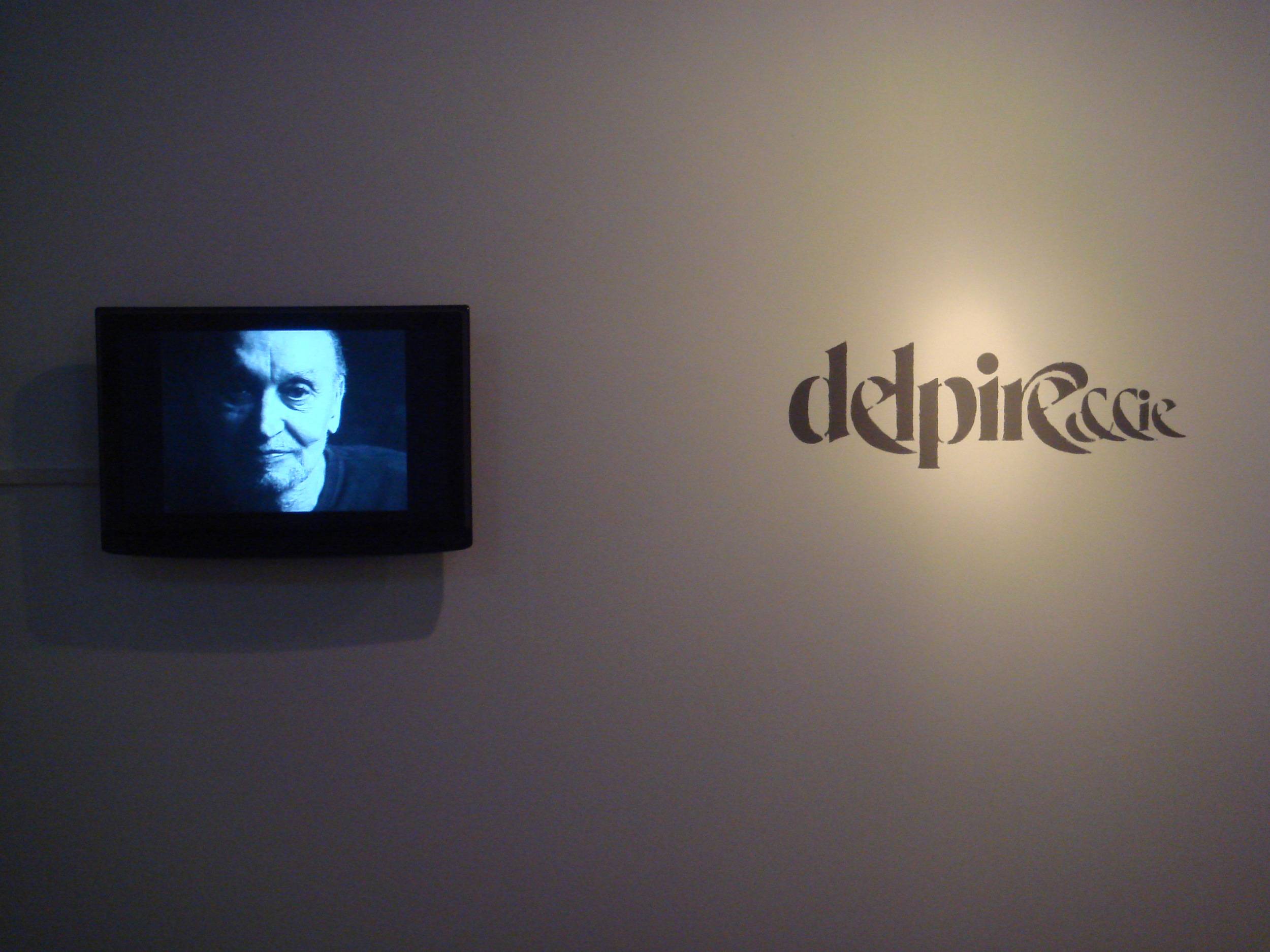 When it comes to festivals, I have always found that birthdays tend to be mixed affairs (in fairness 40th birthdays have never been easy for anyone). Paying tribute to 40 years of photography while still looking to the future (or at least to the ‘now’) is no small task. Given the mandatory set of exhibitions celebrating Arles glorious past (a tender look at the extraordinarily prolific career of the French publisher and curator, Robert Delpire; an exhibition of new work by Lucien Clergue, an Arlésien photographer and one of the founders of the Rencontres; a Duane Michals retrospective, including a lot of work which has been exhibited before at Arles; and a ‘photo-album’ show allowing the audience to take a nostalgic stroll through 40 years of the festival’s history), the choice of the guest curator was always going to have a big impact, perhaps even more so than in a ‘normal’ year.
When it comes to festivals, I have always found that birthdays tend to be mixed affairs (in fairness 40th birthdays have never been easy for anyone). Paying tribute to 40 years of photography while still looking to the future (or at least to the ‘now’) is no small task. Given the mandatory set of exhibitions celebrating Arles glorious past (a tender look at the extraordinarily prolific career of the French publisher and curator, Robert Delpire; an exhibition of new work by Lucien Clergue, an Arlésien photographer and one of the founders of the Rencontres; a Duane Michals retrospective, including a lot of work which has been exhibited before at Arles; and a ‘photo-album’ show allowing the audience to take a nostalgic stroll through 40 years of the festival’s history), the choice of the guest curator was always going to have a big impact, perhaps even more so than in a ‘normal’ year.
Nan Goldin seemed like an interesting choice: despite her rise to fame she remains a prickly, startingly honest, both brutal and fragile creature who will charge straight at anything resembling ‘the establishment’. Having heard her speak several times during the festival (despite lots of official events, she did her rebellious image justice, showing up drunk or very late more than once), she knows her mind and speaks it. Goldin also knows what she likes when it comes to photography. Her 13 guests show her strong leaning towards what could be called a ‘photography of the intimate’: J.H. Engström, Leigh Ledare, Antoine d’Agata, Jim Goldberg, Jean-Christian Bourcart, Annelies Strba. This collection of exhibitions, Ça me touche (It touches me), bears its name well: it came through clearly that this was all work that touched Goldin “in some profound way.” This need to be touched seems to go beyond the work, as Goldin is very close to several of her guests (she referred to Engström and Bourcart’s families as her muses). With two projections of her own work (Sisters, Saints and Sybils and The Ballad of Sexual Dependency) and an exhibition of her personal collection, Goldin’s footprint was stamped forcefully on Arles 2009.

Despite the honesty of her approach and choices, overall I was disappointed. I think Goldin has a real eye for the sincere and much of the work has an undeniable, visceral, emotional power. But, with 13 exhibitions in one massive warehouse space: massive prints of J.H. Engström’s newborn twins and their mother’s bloody placenta; Leigh Ledare’s mother fucking, fellating and stripping for her son’s camera; Antoine d’Agata caught in a 20-year Baconian cycle of drug and sex-addled self-destruction; Jean-Christian Bourcart’s distressing document of the lives of the inhabitants of the US’s poorest city (Camden, NJ); ending with Jim Goldberg’s experimentation with young runaways in San Francisco; can we really be expected to have any emotion left at all? Not all of the work explores the same difficult emotional terrain, but this difference gets diluted by the ‘full frontalness’ of these artists.

There were a few misses (David Armstrong’s beautifully installed and completely forgettable images of young, pretty boys, Christine Fenzl’s worthy but incredibly bland documentation of street football, and Jack Pierson’s large folded photos of stuff that he walked past one day—incidentally Pierson’s ‘statement’ is a must-read), but individually most of the work on show here is interesting (in terms of its approach rather than photographically). Unfortunately, the impact of this work was diluted by the sheer quantity of it. Three exhibitions stood out for me: Anders Petersen’s dark, primitive, but dignified gaze at life on society’s edges, Marina Berio’s beautiful blow-up charcoal drawings of negative images and Lisa Ross’s exploration of the physical manifestations of faith in China’s Xinyiang province.

Towards the end of the festival, I heard Goldin reveal some of her thinking on photography. She explained that for her, photography has almost entirely lost its integrity, that it is difficult to believe images anymore. Of those very few photographers that she still admires, most are dead, and the others she keeps close to her. And as for her own work, she says she no longer has any interest in still photographic images. She only exhibits in the form of projections and she is currently exploring new ideas which move even further away from still photograph. This could be interpreted as pushing the boundaries of photography, but in her case it feels more like she is turning her back on it. I think Goldin remains an interesting artist whose struggle with life continues to provoke her to make challenging and powerful work, but as the guest curator of a major photography festival like Arles, her vision felt too narrow.

My highlights of Arles 2009 (which I will come back to in more detail in further posts) tended to go against the Goldin grain: Naoya Hatakeyama’s Scales and Maquettes/Light, Magda Stanova’s intelligent commentary, Without Sanctuary’s harrowing exploration of the darkest side of ‘vernacular photography’ (if postcards of lynchings can still bear that label), and an event which wasn’t even on the official festival programme, Chambres d’échos, an exhibition of the Musée Reattu’s photography collection which succeeds in creating fascinating resonances from confronting different kinds of work in exhibition rooms set up as echo chambers.
You will probably remember that there was quite a lot of criticism in the blogosphere of this year’s NYPH (somebody still has to explain that ridiculous acronym to me) and I think it is worth remembering that these events are pretty difficult to pull off and the fact that they manage to happen at all is worth applauding. Even if I felt disappointment at some of the choices this year, Arles still manages to be a huge injection of photographic adrenaline in a way that feels festive and celebratory. On it’s 40th birthday Arles felt very much like it was in the middle of a mid-life crisis, but one with glimpses of a promising future.
Update: Further reading
Jeffrey Ladd on Nan Goldin
Evan Mirapaul on Arles '09
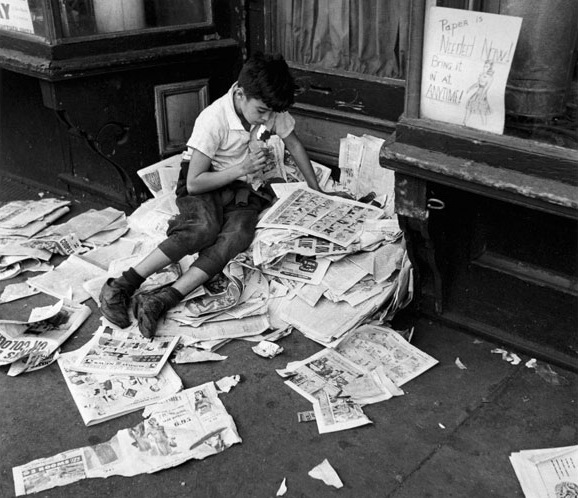 I made a quick trip over to London last week and managed to squeeze in a visit to the Photographers' Gallery new location on Ramillies Street. Summer shows can often be a disappointment: place-holders while everyone is away on holiday. So this André Kertész show came as a very pleasant surprise.
I made a quick trip over to London last week and managed to squeeze in a visit to the Photographers' Gallery new location on Ramillies Street. Summer shows can often be a disappointment: place-holders while everyone is away on holiday. So this André Kertész show came as a very pleasant surprise.
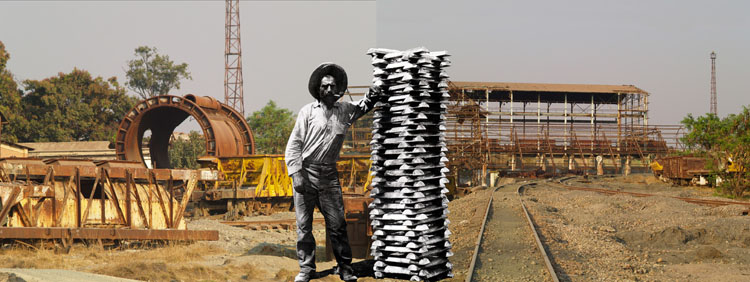
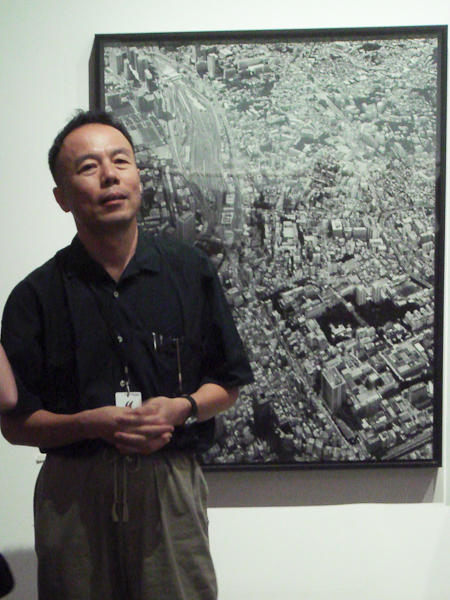 As I mentioned in my last post, one of my highlights of this year's Rencontres d'Arles is
As I mentioned in my last post, one of my highlights of this year's Rencontres d'Arles is 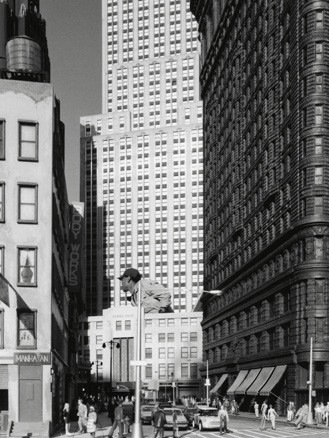
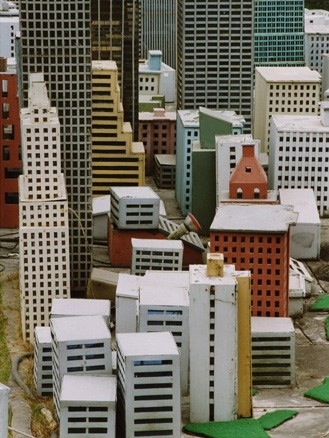
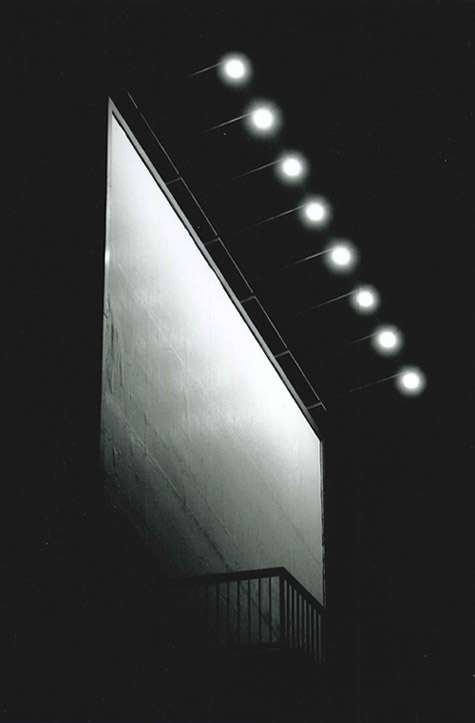
 I have finally managed to sit down and collect my thoughts about this year's
I have finally managed to sit down and collect my thoughts about this year's  When it comes to festivals, I have always found that birthdays tend to be mixed affairs (in fairness 40th birthdays have never been easy for anyone). Paying tribute to 40 years of photography while still looking to the future (or at least to the ‘now’) is no small task. Given the mandatory set of exhibitions celebrating Arles glorious past (a tender look at the extraordinarily prolific career of the French publisher and curator,
When it comes to festivals, I have always found that birthdays tend to be mixed affairs (in fairness 40th birthdays have never been easy for anyone). Paying tribute to 40 years of photography while still looking to the future (or at least to the ‘now’) is no small task. Given the mandatory set of exhibitions celebrating Arles glorious past (a tender look at the extraordinarily prolific career of the French publisher and curator, 


